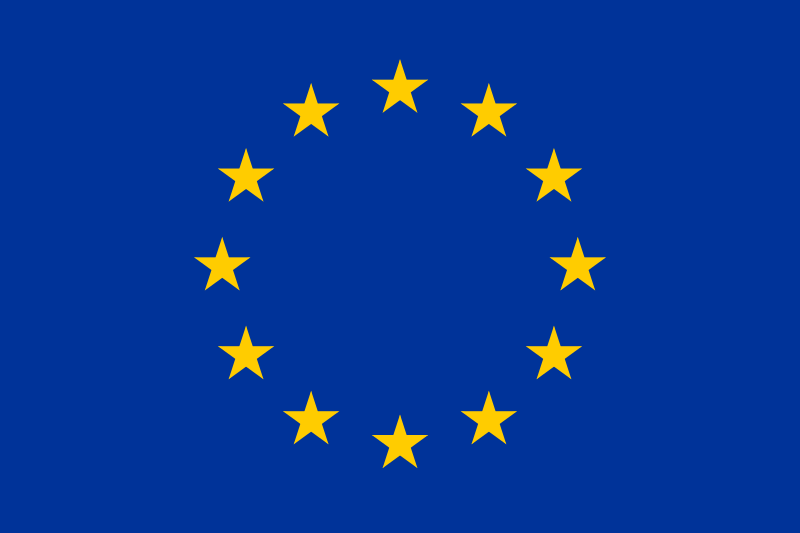Glossary of aquaculture terms
Many times, we come across abbreviations that sound familiar, but we don’t remember their exact meaning. The aquaculture sector also has a significant number of “letter combinations,” mainly derived from terminology used in English, many of which have no direct translation into Spanish or are not commonly used.
Below, we have selected the abbreviations and terms that are most frequently used among people dedicated to aquaculture.
Aquaculture parameters and terms
ADG
Average Daily Gain
Growth rate
Average daily gain (g) = body weight gain (g) / number of days
B-FCR
Biological Feed Conversion Rate
Takes into account feed used, and all Biomass generated, including lost Biomass.
E-FCR = Amount of feed (kg) / (Biomass2 – Biomass1)
- Biomass1= Biomass at the beginning of the period
- Biomass2 = Biomass at the end of the period
- Lost Biomass= Biomass lost during the period (mortality, elimination)
BWG
Body Weight Gain
BWG (g) = mean final weight – mean initial weight
E-FCR
Economical Feed Conversion Rate
It considers the feed used and the marketable biomass generated, excluding lost biomass.
E-FCR = Feed amount (kg) / (Biomass 2 – Biomass 1)
- Biomass 1 = Biomass at the beginning of the period
- Biomass 2 = Biomass at the end of the period
FCE
Feed Conversion Efficiency
The efficiency of a feed is normally measured by the amount necessary to produce a unit weight of fish.
FCE= Wt of food presented / Wt of animal produced
- Wt = means the weight in a certain period
FCR
Feed Conversion Rate
FCR represents kilograms of feed needed to produce one kilogram of fish.
- FCR= Feed given / Animal weight gain
FI:FO
Fish In Fish Out
Amount of wild fish needed to produce 1 kg of aquaculture fish
FI:FO (%) = FCR x (% fish meal + % fish oil in feed)
Fork Length
Fork Length
Fork length (also referred to as length or standard length) is the length (cm) of a fish from the tip of its nose to the middle of the tail fork.
GF3
Thermal Growth Coefficient
Measure of daily growth in a given period that takes into account temperature.
GF3 = [(W2(1/3) – W1(1/3) ) / ºD ] x 1000
- W2 = weight (g) at time 2 (end of period)
- W1 = weight (g) at time 1 (beginning of period)
- ºD = Degree-days, sum of daily temperatures in °C between t1 and t2 (or duration in days x average temperature in period)
K
Condition factor
Condition factor (K) is an indicator of the leanness/fattiness of a fish, which is generally regarded as an indicator of fish´s health. If K is less than 1, fish are considered thin or poorly nourished, for higher than 1 levels, the relation of K to fattiness is usually species dependent.
K = [(W x 100) / L3]
- K = Condition factor
- W = weight (g)
- L = length (cm)
PER
Protein Efficiency Ratio
PER (%) = Increase in biomass in the tank / total protein ingested
PG
PG
PG (g) = Final weight – initial weight
RGR
Relative Growth Rate
RGR (%) = Final weight – initial weight / initial weight
SFR
Specific Feeding Rate
SFR corresponds to the amount of food eaten per day and expressed as a percentage of the fish’s body weight.
SGR
Specific Growth Rate
SFR is a coefficient that measures the percentage increase in fish weight per day.
SGR=(Ln(Wt)-Ln(W0))*100/t(d)
- W0[g]= the weight in grams at the beginning of the period
- Wt [g]= the weight in grams at the end of the period
- t[d]= period, expressed in number of days
- Ln = natural logarithm
Stocking Density
Stocking Density
Total fish Biomass per unit of tank volume.
D = W / V
- D = Stocking density (kg/m3)
- W = Biomass (kg)
- V = volume (m3)
Survival Rate
Survival Rate
Survival rate % = number of surviving animals at the end of the production cycle / total number of animals at the beginning of the cycle * 100
If you would like to contribute to updating this glossary, whether by correcting any incorrect information or providing a term that is not included, feel free to send us an email at web@fishfarmfeeder.com.
If you are planning to upgrade your farm or build a new one, do not hesitate to contact us. We offer customized feeding systems for land-based aquaculture, RAS, lake, or sea farming, backed by over a decade of experience.


